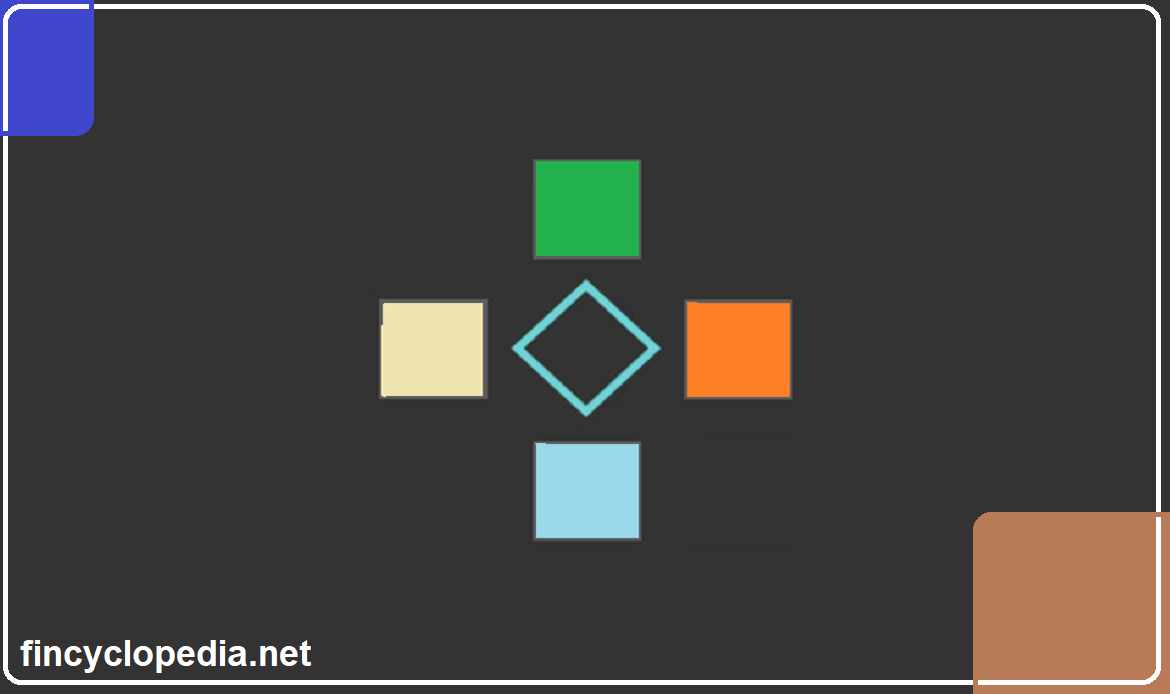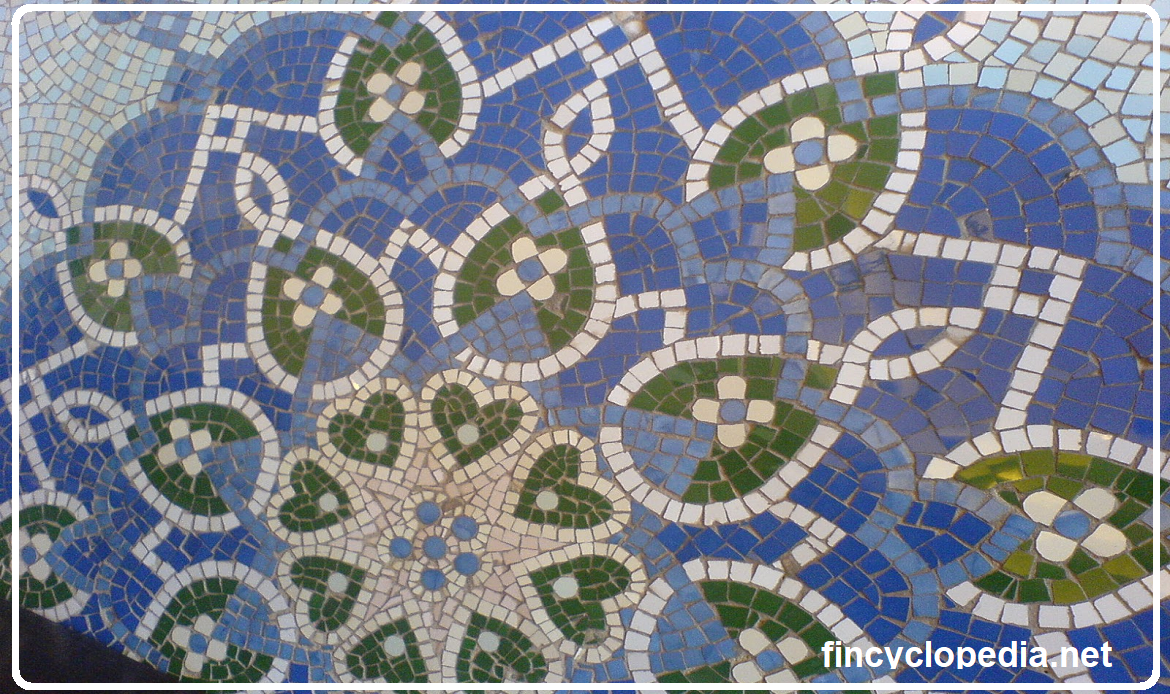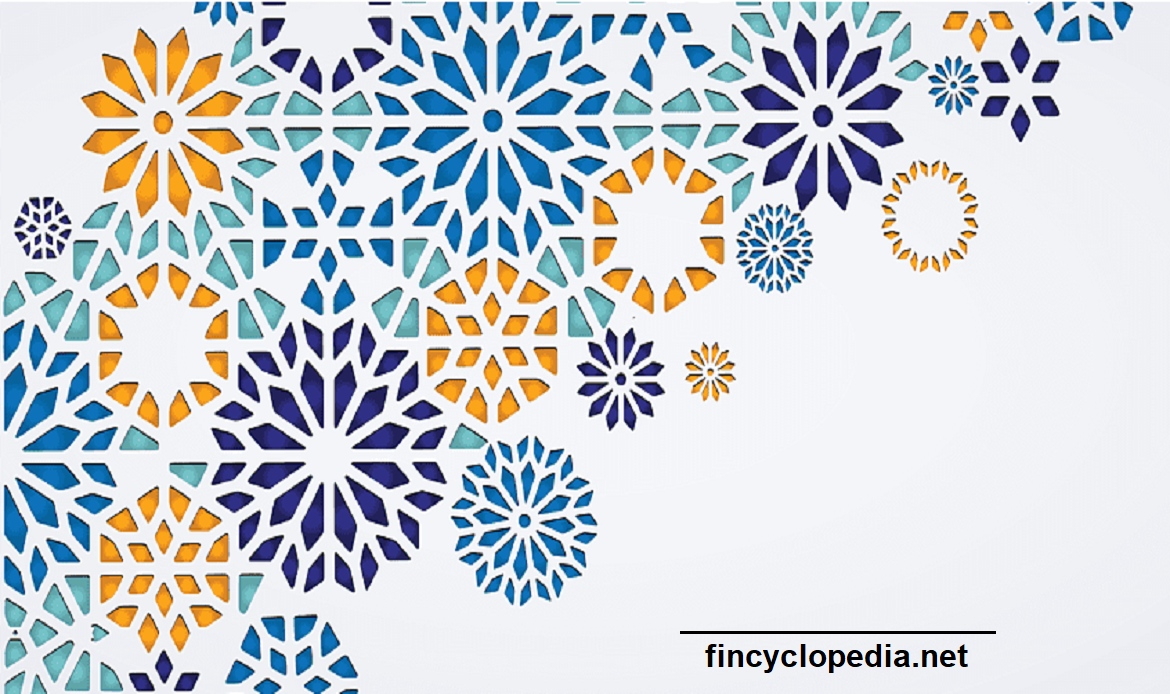Waqf is the process of making a property inalienable to its owner while confining its yield and usufruct (manfa’ah) to charity. In other words, the deed of the property in question (mawqoof) remains in the name of its owner while its proceeds go to some specific beneficiaries (charity recipients or charitable ventures such as schools, public utilities, mosques, etc). The donating owner is known as waqif and the beneficiaries as mawqoof lahum. Waqf can be established in many forms depending on its purpose or nature of its outcome. On the basis of its purpose, waqf can be classified into waqf ahli (waqf zhurri), waqf khayri, waqf al-sabil, and waqf al-awaridh. Based on the nature of its output, waqf is typically categorized as waqf isithmari (investment waqf) and waqf mubashar (direct waqf).
Categories of waqf from the perspective of its purpose:
- Waqf ahli: the proceeds of waqf are designated for the waqf founder’s children and their off-spring. However, these beneficiaries cannot sell or dispose of the property subject-matter of waqf.
- Waqf khayri: the proceeds of waqf are earmarked to charity and philanthropy. Examples of beneficiaries include the poor and the needy. Waqf khayri is typically used to finance mosques, shelters, schools, and universities. This is meant to help financially-challenged individuals and communities.
- Waqf al-sabil: a waqf whose beneficiaries are the general public. It is very similar to waqf khayri, though waqf al-sabil is usually used to establish and construct the public utility (mosques, power plants, water supplies, graveyards, schools, etc).
- Waqf al-awaridh: the yield of waqf is held in reserve so that it can be used at times of emergency or unexpected events that negatively influence the livelihood and well-being of a community of people. For example, waqf may be assigned to the satisfaction of specific needs such as medication for sick people who are unable to pay medication expenses and education of poor children. Waqf al-awaridh may also be used to finance maintenance of the utilities of a village or neighborhood.
Categories of waqf from the perspective of its output nature:
- Waqf istithmari: the waqf assets are intended for investment. Such assets are managed to produce income that will be used in constructing and reconstructing waqf properties.
- Waqf mubashar: the waqf assets are used to generate services to the benefit of some charity recipients or other beneficiaries. Examples of such assets include schools, utilities, etc.






